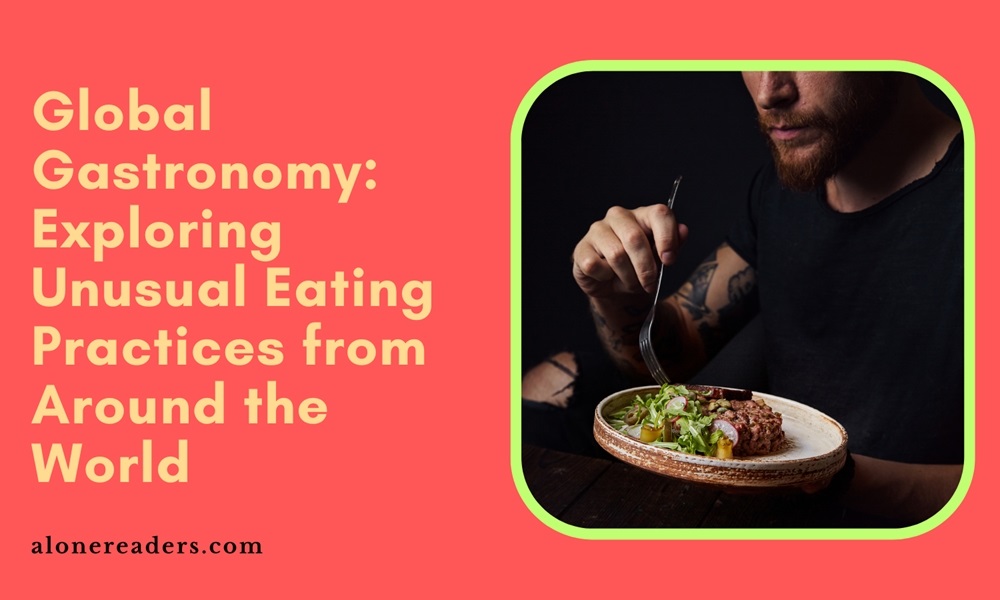
Food is not just a means of sustenance; it is a gateway to understanding the culture and traditions of different societies. Around the world, what may seem bizarre to some is perfectly normal to others. This article takes you on a gastronomic journey, exploring some of the most unusual eating habits from various corners of the globe.
In Sardinia, Italy, Casu Marzu goes beyond the typical fermentation process. This sheep's milk cheese is deliberately infested with live insect larvae. The larvae partially digest the cheese, giving it a unique texture and flavor. It's consumed while the maggots are still alive, which is both a delicacy and a challenge for many.
Hákarl is a traditional Icelandic dish made by fermenting Greenland shark. The shark itself is poisonous when fresh, but fermentation makes it safe to eat. It’s known for its strong ammonia-like smell and an acquired taste, often surprising uninitiated palates.
Balut, a popular street food in the Philippines, is a fertilized duck egg with a nearly-developed embryo inside. Boiled and eaten from the shell, it's known for its savory taste and contrasting textures. This delicacy is often accompanied by a pinch of salt or a chili, garlic, and vinegar mixture.
In Cambodia, particularly in Skuon, fried tarantulas are not just a food item but a symbol of survival. These large arachnids are seasoned and fried until crispy. They offer a unique blend of flavors and textures, with a history tied to the country’s past hardships.
Surströmming is fermented Baltic Sea herring, famous in Sweden. The strong odor of this dish is well-known and often overpowering for newcomers. Typically served with bread, potatoes, and sour cream, it's a challenging yet traditional Swedish dish.
This luxurious Chinese dish is made from the nests of swiftlets, which are built using the bird's saliva. The nests are prized for their health benefits and unique gelatinous texture. Bird's nest soup is a symbol of status and wealth in Chinese cuisine.
Fugu is a Japanese delicacy prepared from pufferfish, a species that contains lethal toxins. Expertly trained chefs carefully prepare the fish to ensure it's safe to eat, making it both a culinary art and a risky endeavor.
In Mexico, escamoles are known as the "caviar of the desert." These are the edible larvae and pupae of ants, harvested from the roots of agave plants. They are often cooked in butter and have a nutty, buttery taste, serving as a delicacy in Mexican cuisine.
Sannakji is a Korean dish that consists of live, small octopus, usually served with sesame oil. The challenge and appeal lie in eating the still-moving tentacles, which can be a hazard if not chewed properly due to their suction cups.
In Greenland, an Inuit delicacy called Kiviak is made by stuffing a seal skin with small birds called auks and then fermenting it for several months. The result is a pungent, savory dish that's integral to local celebrations.
Conclusion
Exploring bizarre eating habits around the world reveals much about different cultures and their histories. These unique dietary practices, whether born of necessity, tradition, or culinary experimentation, highlight the diverse ways in which societies relate to food. While some of these dishes might challenge our conventional notions of cuisine, they offer a window into the rich tapestry of global gastronomy.